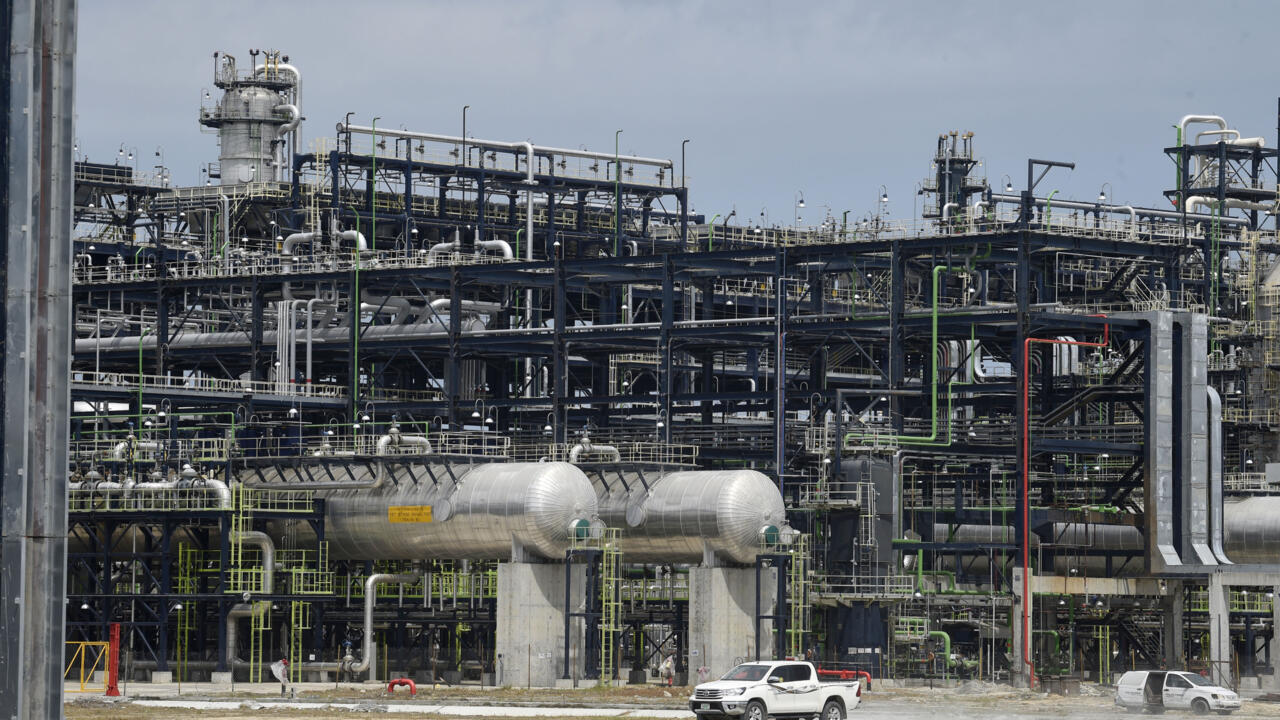“We are more than doubling the barrels (per day)… to 1.4 million from 650,000,” said Aliko Dangote, a Nigerian businessman who is Africa’s richest person.
“This will make it the largest refinery” globally, surpassing India’s Jamnagar Refinery, he told a news conference in Lagos.
The privately run Dangote refinery, which started operations last year, is a gamechanger for Nigeria, which previously had to import almost all its petrol despite being a major oil producer.
After years of neglect and mismanagement of public refineries, Dangote has shaken up the corruption-marred players in Nigeria and driven down prices of petrol for consumers.
“This expansion reflects our confidence in Nigeria’s future, our belief in Africa’s potential and our commitment to building energy independence for our continent,” and reduce import dependence, Dangote said, adding there was “quite a lot of demand” from west Africa and east Africa.
Dangote also exports aviation fuel, mainly to the United States, Europe and Brazil.
The Dangote refinery, which has sparked monopoly fears as it becomes a powerful player itself, plans to list on the Nigerian Stock Exchange next year.
“That is a step towards broader ownership and market transparency,” said Dangote.
A second privately owned refinery, BUA, is under construction by another Nigerian billionaire, Abdulsamad Rabiu.
Recent strikes
Recent moves by the Dangote refinery to bring its own, natural gas-powered trucks to distribute petrol in the country in September sparked a strike by a fuel tanker drivers’ union, which accused the company of hiring new drivers on the condition they didn’t join a union.
The refinery denied the allegations.
The refinery suffered a two-day strike that ended October 1 after government mediation.
The PENGASSAN oil and gas workers’ union accused the refinery of firing 800 local workers because they unionised, and replacing them with 2,000 workers from India.
The refinery called the allegation false, and said it had fired an unspecified number of workers over “acts of sabotage”.
Dangote on Sunday thanked the federal government for its role “in mediating our recent disruptions at the (refinery), linked to union activities and some sabotage attempts”.
Nigeria pumps an average of 1.5 million barrels of oil per day, according to OPEC, but it is still short of its two million bpd target.
© 2025 AFP
